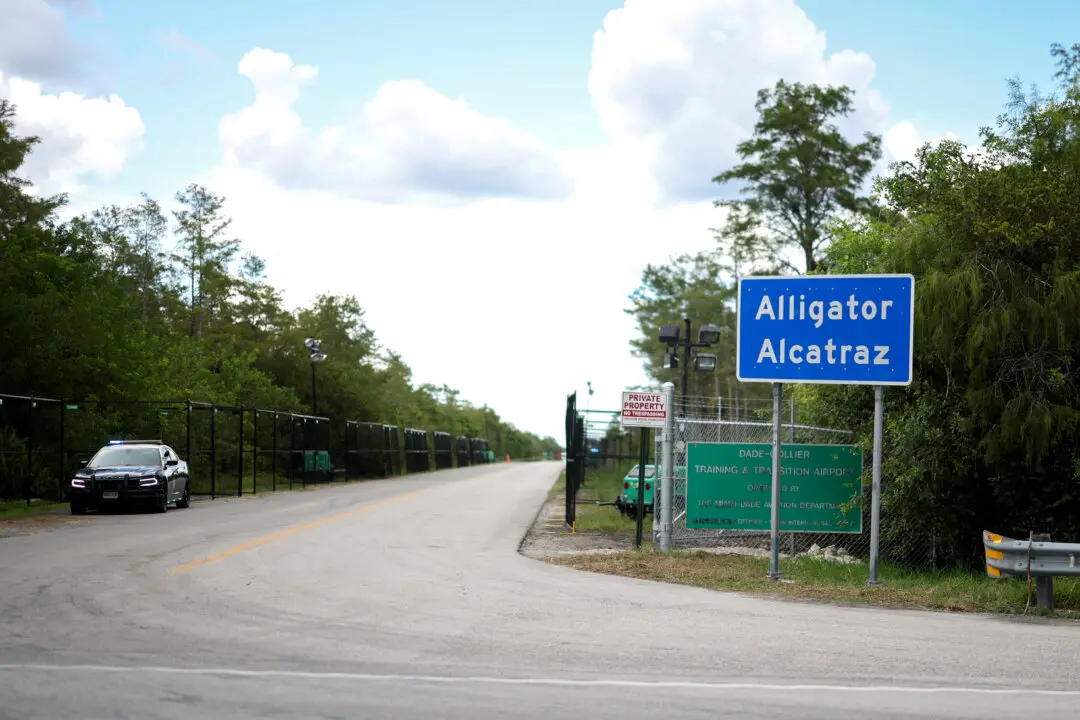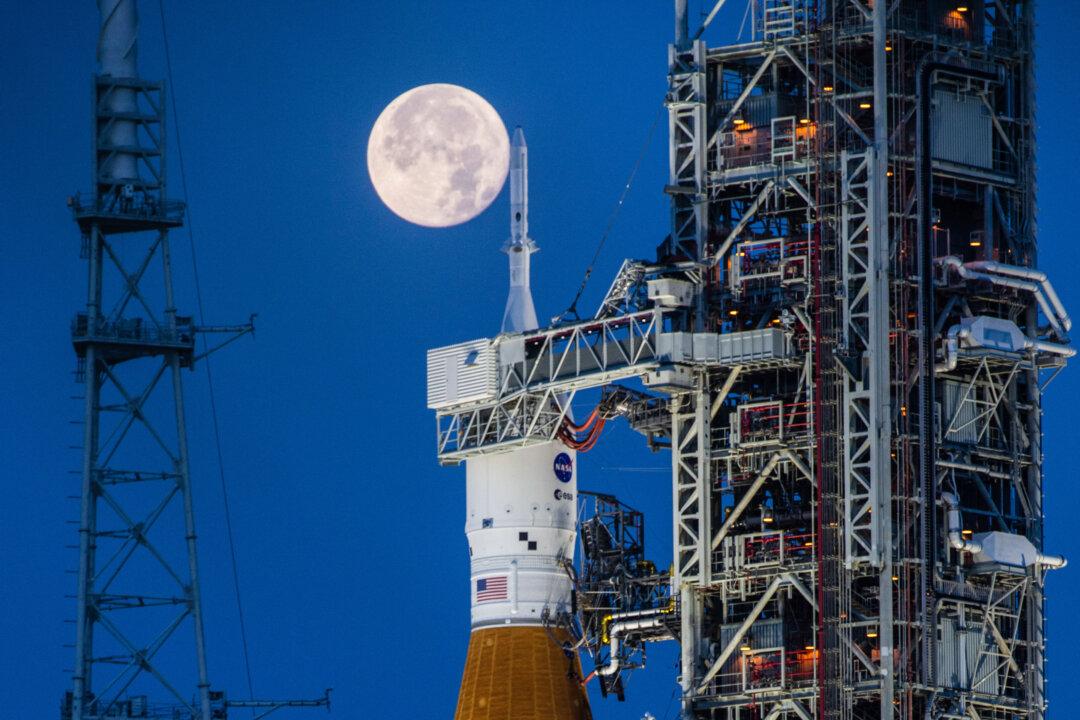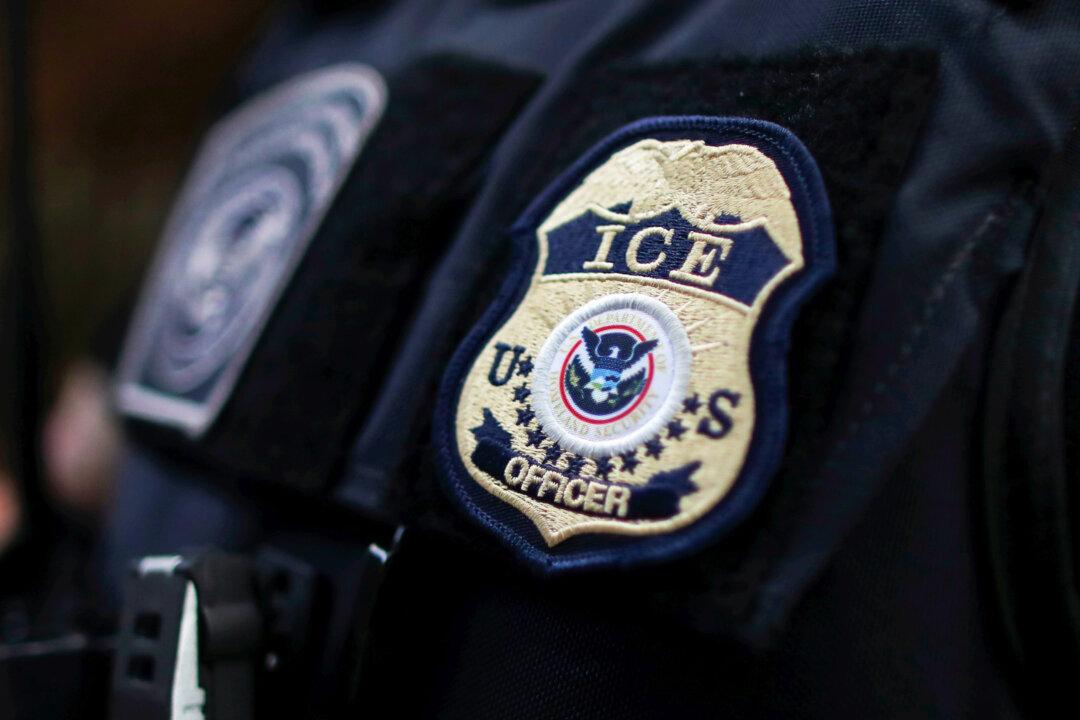“No injuries or loss of life have been reported, and all staff and residents were successfully evacuated prior to the fire’s escalation.”
The Grand Canyon Lodge was the only lodging inside the park at the North Rim and was often the first prominent feature visitors saw, positioned at the end point of the highway. Across its lobby, down some stairs, visitors would enter the “sun room” and get their first view of the Grand Canyon through its large windows.
That lodge, the visitors center, the gas station, an administrative building, and some employee housing were just some of the 50 to 80 structures lost to the fire, park superintendent Ed Keable told residents, staff, and others in a meeting Sunday morning. Several “historic” cabins in the area were also destroyed, according to the park.
Firefighters also confirmed that the North Rim water treatment facility caught fire, resulting in the release of chlorine gas, causing further closures of trails and campgrounds related to areas of the inner canyon, including the North Kaibab Trail, Phantom Ranch, and the South Kaibab Trail.
“Chlorine gas is heavier than air and can quickly settle into lower elevations such as the inner canyon, posing a health risk,” the National Park Service explained on July 13. ”Due to the risk of exposure, park authorities immediately evacuated firefighters from the North Rim and hikers from the inner canyon, and closed access to specific areas within the inner canyon. All river trips were instructed to bypass Phantom Ranch.”
Two wildfires continue to burn at or near the North Rim area of the park: the Dragon Bravo Fire, which impacted the structures, and the White Sage Fire.
The Dragon Bravo Fire was started by lightning on July 4 and was initially managed by authorities who executed a “confine and contain” strategy by clearing fuel sources. However, it rapidly grew due to persistent hot temperatures, low humidity, and strong wind gusts, according to fire officials. It is now 7.8 square miles, and grew 500 acres in the span of 24 hours.
Around 500 visitors were successfully evacuated from the North Ridge on July 10 as smoke from the nearby fires began to settle into the canyon.
As of July 13, no injuries from the Grand Canyon National Park had been reported.
Phantom Ranch, North Kaibab Trail, and South Kaibab Trail remained closed on July 14 due to the chlorine gas.
The park’s South Rim area remains open and operational.







